- Generous free plan
- Very easy to use
- Comprehensive, robust integration library

Our review of Asana
Asana is an effective project management software that promotes collaboration and improves the productivity of your teams. It features an intuitive interface and drag-and-drop functionality.
My opinion
Customer reviews
- Prices significantly above market
- Customer support has a bad reputation
- Not very suitable for graphic work (images, video, etc.).
Ideal for small structures that want to create project plans
From Free plan for up to 15 users
Free plan and 14-day free trial
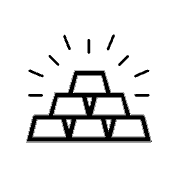
Sommaire
Almost all companies today use project management tools, which have become even more essential with the spread of telecommuting. Asana is one of the really solid solutions we tested, as it offers a feature-rich free plan that will be perfectly suited to small structures.
On the other hand, while the pay-as-you-go plan offers high-quality functional depth, with advanced automation and reporting, it remains slightly more expensive than those of its competitors.
Read our full review of Asana in this article!
Before going any further
We’ve put together a guide to the best project management tools and how we selected them.
Sommaire
My opinion of Asana in a nutshell
| Perimeter | Score | My opinion |
|---|---|---|
| Overall rating | 4,2 | For small teams, the free plan offers a wealth of functions. The following plans are quite expensive, but offer interesting automation functions. |
| Functional scope | 4,3 | Numerous customizable features, including visualization. The rule generator is a real plus, but reserved for paid plans. |
| Reporting | 4,4 | The reporting is of a high quality, although you have to pay to access more extensive reporting. |
| Accompaniment/Support | 4,1 | One of Asana’s weak points, despite the presence of numerous online resources in French. |
| Integrations | 4,6 | Numerous integrations, especially with your messaging applications, right from the free plan. |
| Value for money | 3,9 | An interesting free version, but then the paid plans are rather more expensive than those of competitors for a relatively similar offer. |
Advantages & disadvantages of Asana
- The free plan is quite generous, giving unlimited access to the essential features.
- The tool as a whole is very easy to use, and the views provide a good overview of project progress.
- The integration library is comprehensive and robust, and the mobile applications are among the best on the market.
- Prices are significantly higher than the rest of the market – solutions like Monday or Clickup are more affordable.
- Customer support has a poor reputation, even if it is available in French.
- Asana isn’t very well suited to processes that involve a lot of graphic work (images, video, etc.).
Discover Asana
Asana’s free plan is ultra-rich in terms of features.
Asana: Features in detail
Task management and planning
Asana is a really well-designed tool for visualizing your various projects: the options are numerous, and each member of your team is free to choose the Kanban board or the lists and calendars. What’s more, the tool is infinitely customizable.
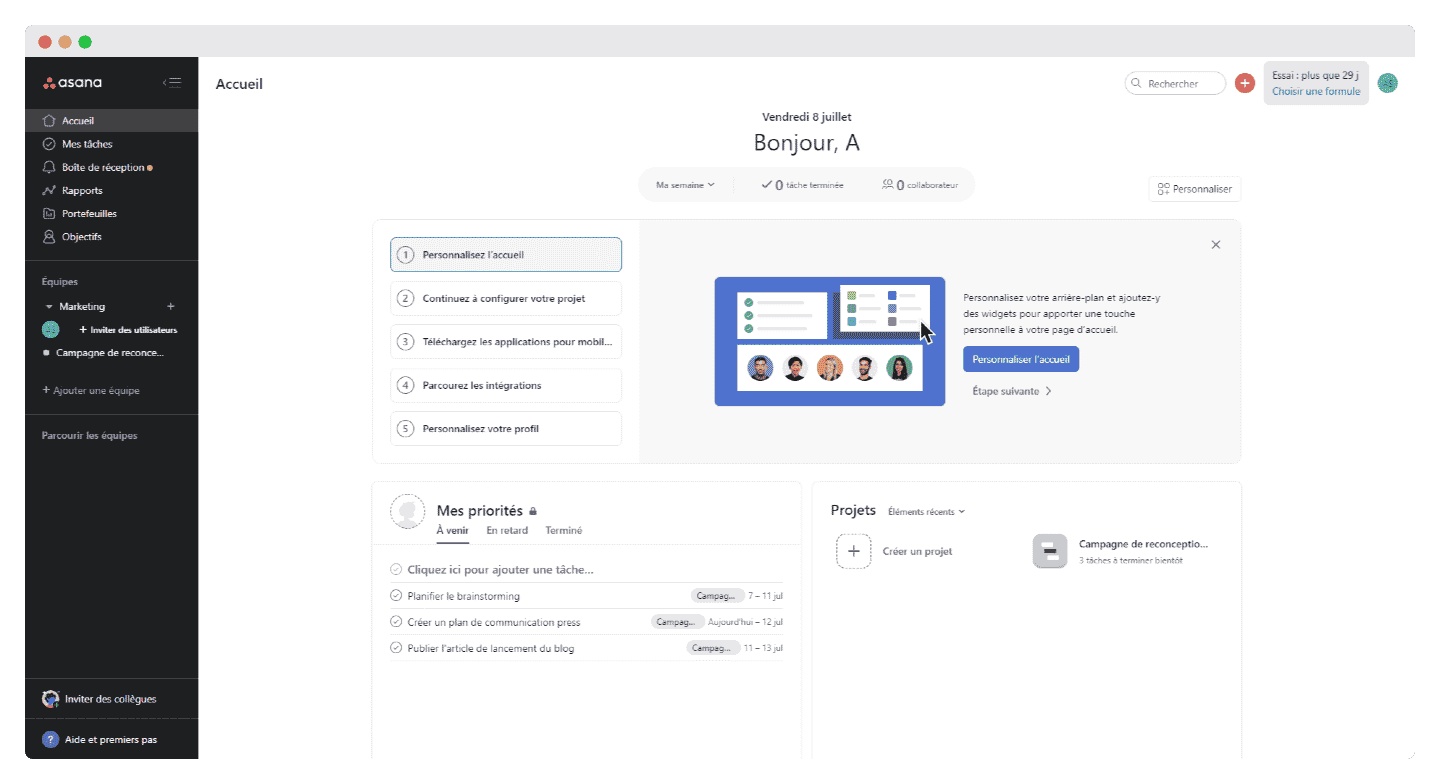
Project managers can easily switch from one view to another to get the full picture.
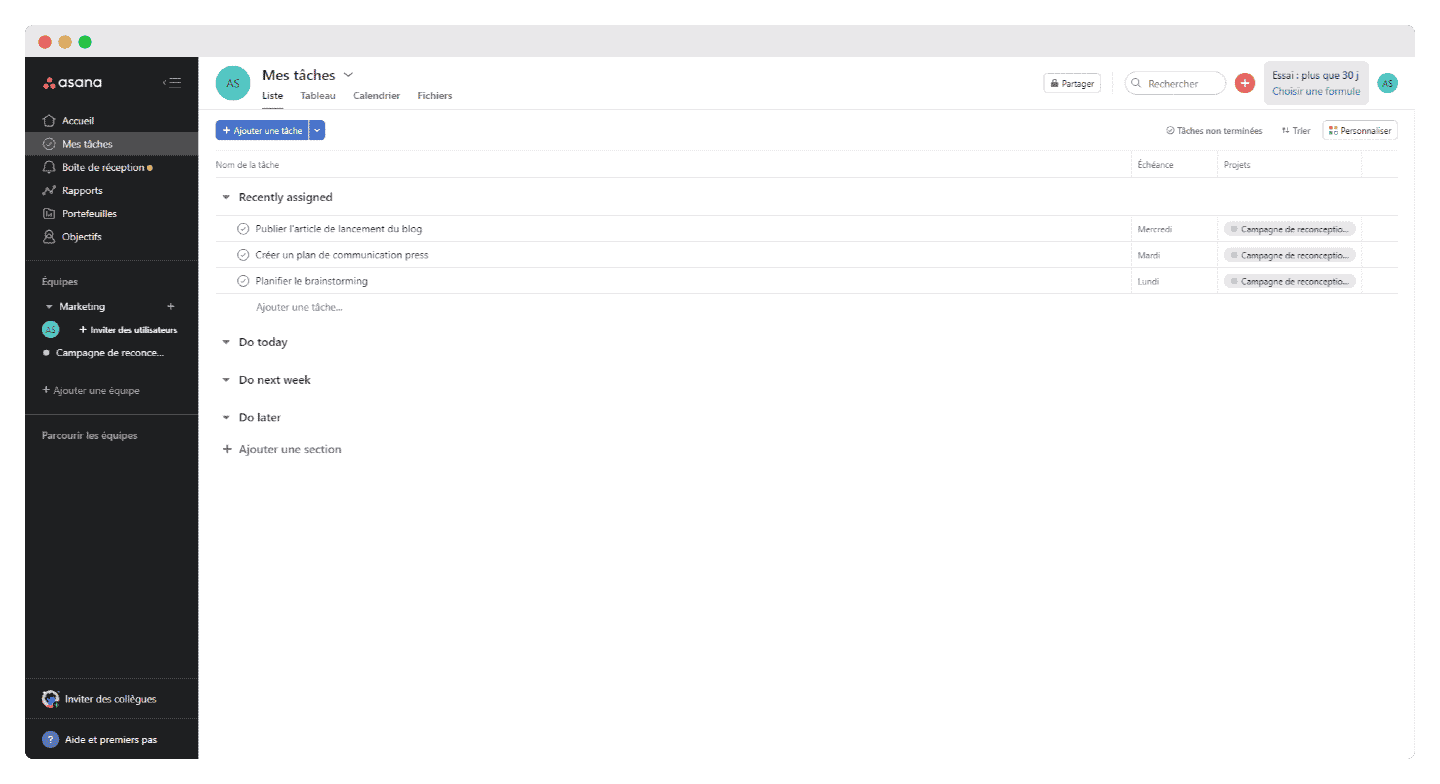
At task level, you can create tasks and sub-tasks and assign them a recipient, a due date (recurring or not), attachments, comments and tags. You can also assign followers, who receive updates as soon as the task is modified.
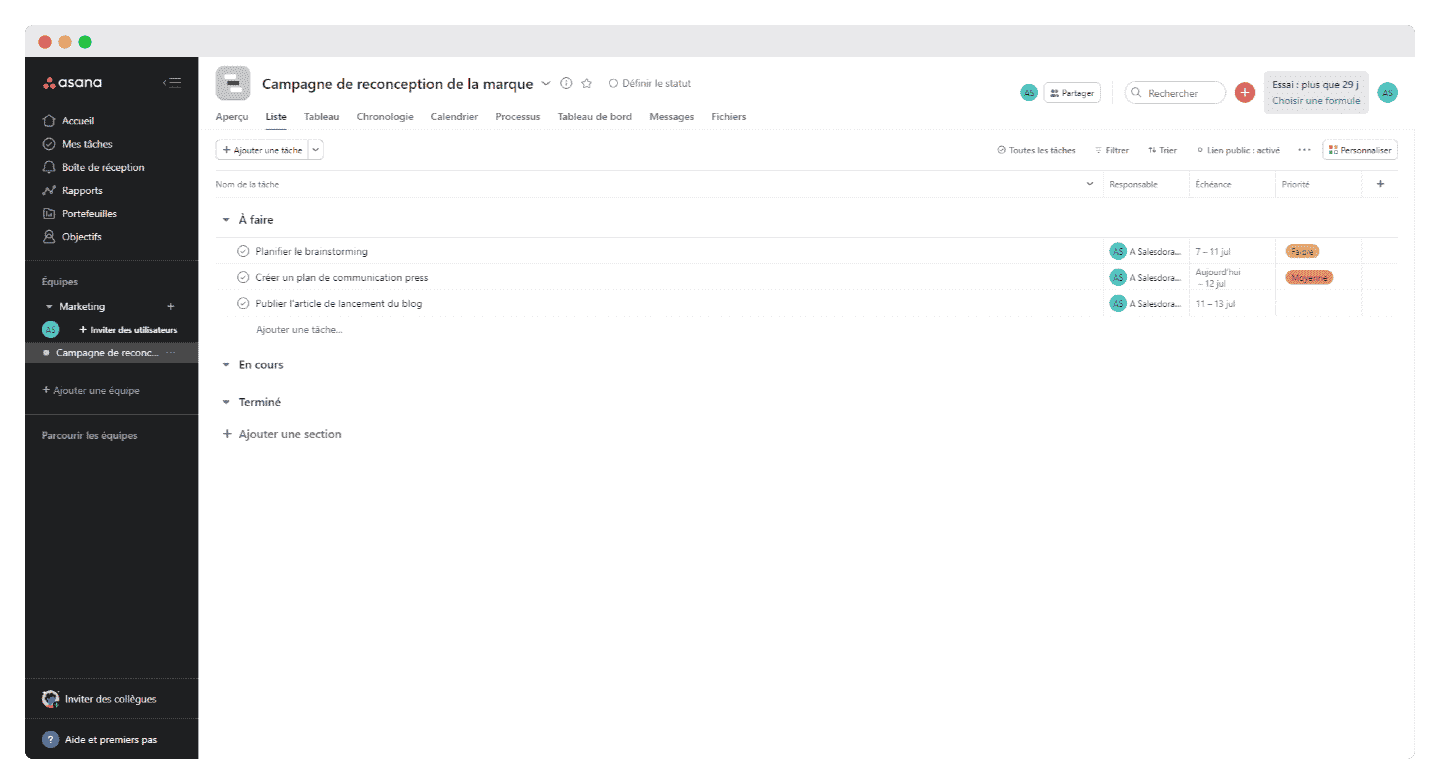
Comments are well done, as they support rich-text formatting, post-publication editing and mentions.
From our point of view, what’s missing is a function that would transform a task and all its sub-tasks into a default template that would then be applied to all new tasks created for a specific project (even if the template is customized at project level).
But you can get around this by creating a task called a “template” that can be easily duplicated by any member of your team.
Collaboration and communication
One of Asana’s strengths is that it’s also a great collaboration tool: your team members can assign tasks to each other and create dependencies between tasks. They can also assign priorities and adjust their due dates to each other.
The calendar display allows teams to plan their tasks according to each other’s schedules, and to be informed of any changes without having to notify each other by email.
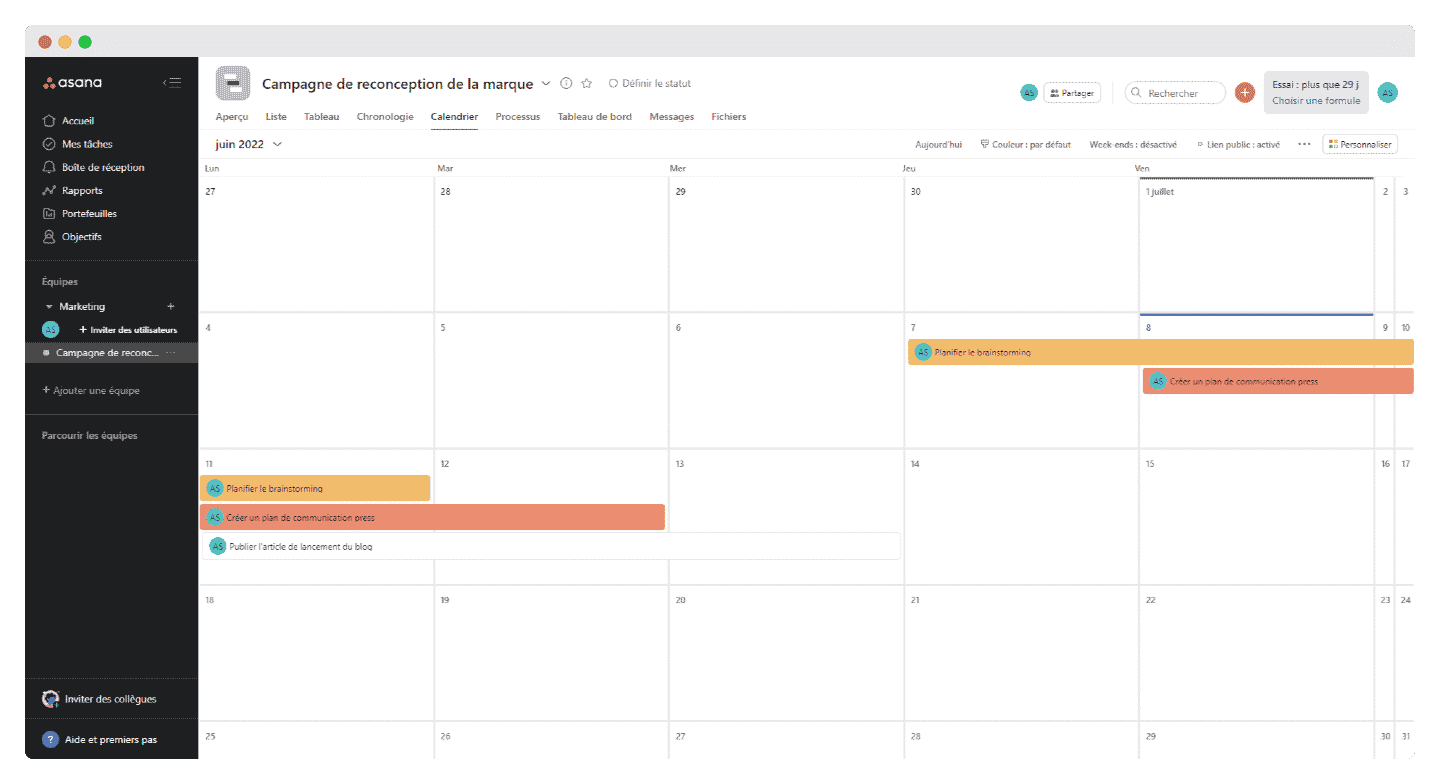
All project discussions are managed by Asana, but if that wasn’t enough, the software integrates with all your messaging tools. The software also lets you share any type of file, whether PDF, JPG or Google Docs.
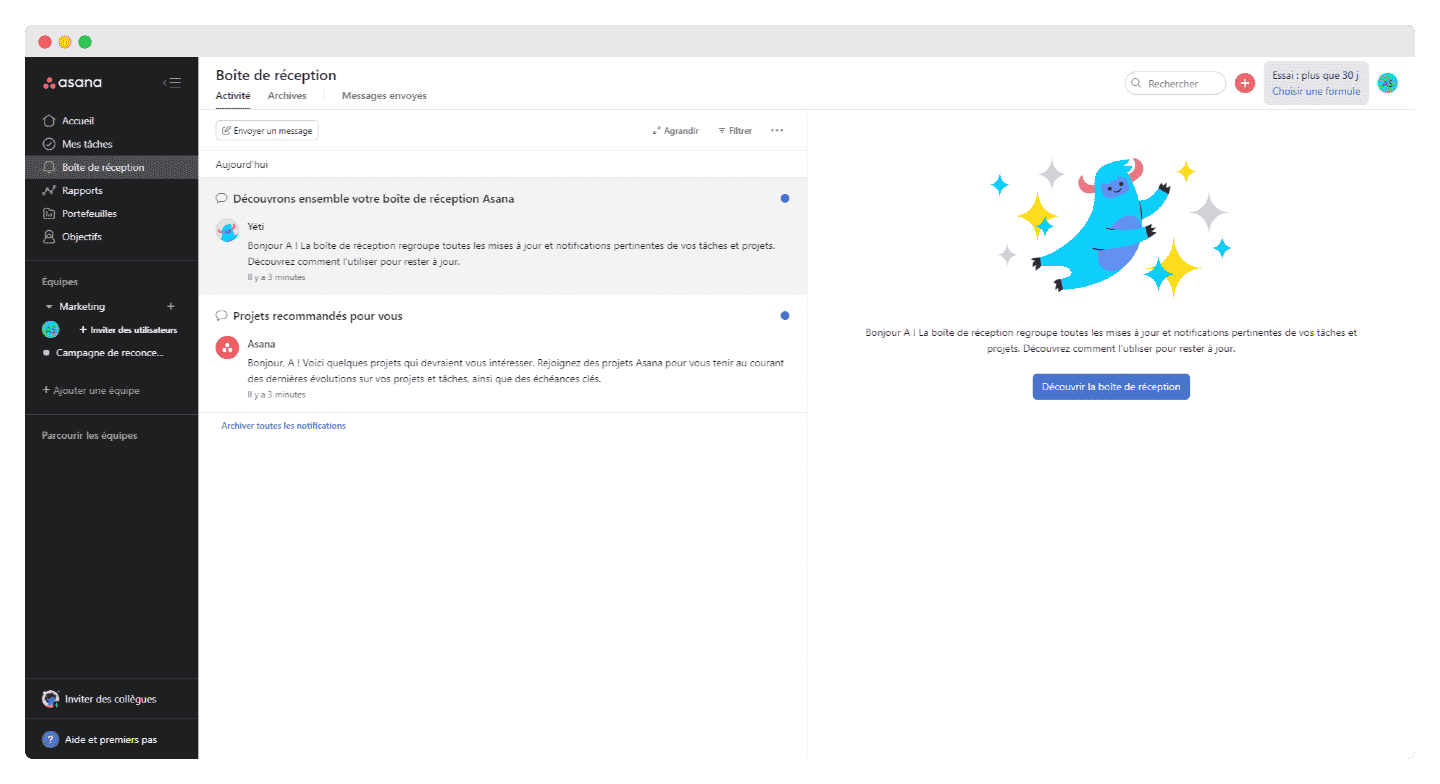
The only negative point, in our opinion, is that it’s impossible to assign a task to more than one user, as the software is designed to know who is primarily responsible for each task. This is easily circumvented by mentioning several collaborators in the task, or assigning sub-tasks to them (or even creating copies of the task).
Reporting & Time tracking
Reporting is extremely important for project management software, so that a project manager can easily visualize the project’s progress without having to ask every member of his team or review the various related documents.
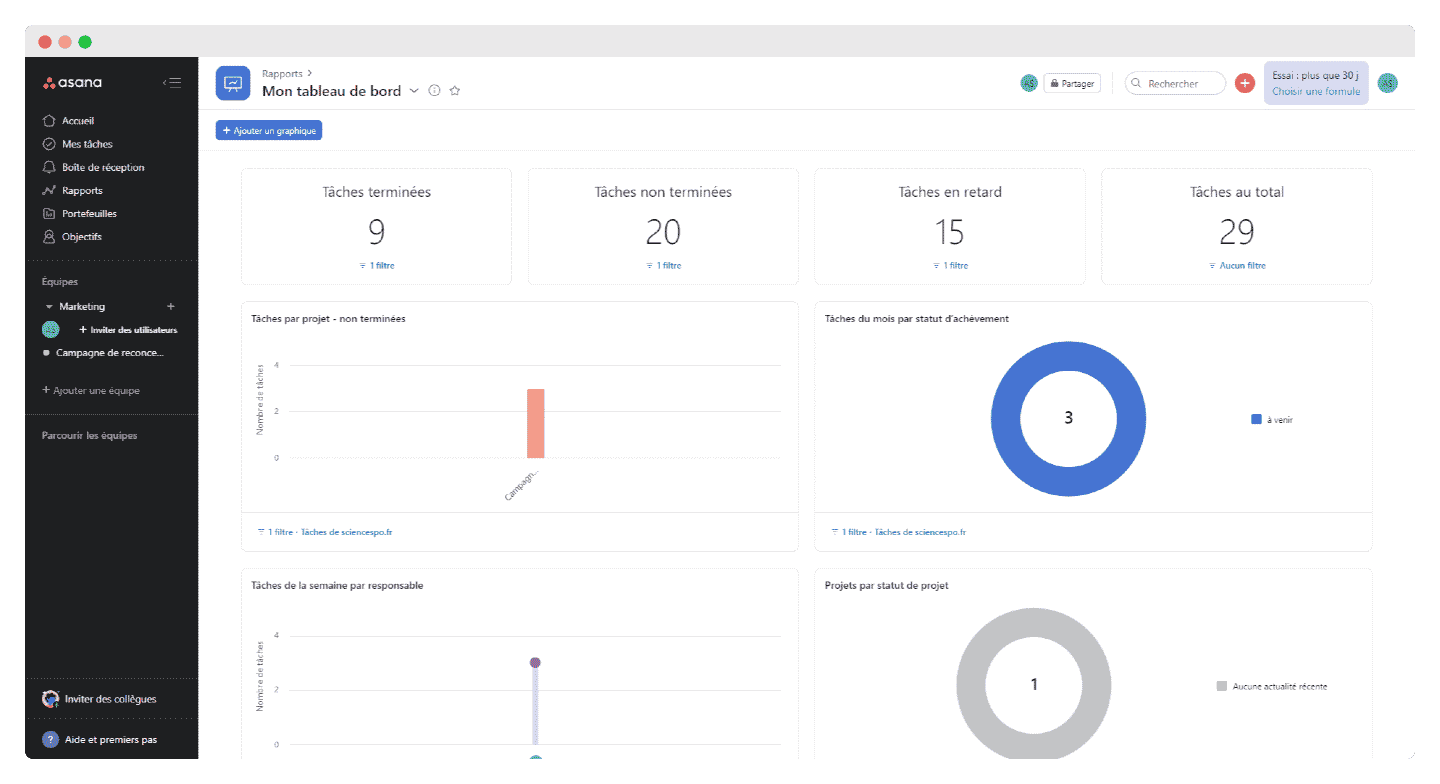
Asana is a pretty well-designed piece of software in terms of visualization, and it shows in the reporting too. You have access to real-time dashboards of all your teams and projects, with information on workloads, budget, schedule, etc., generated entirely by the software.
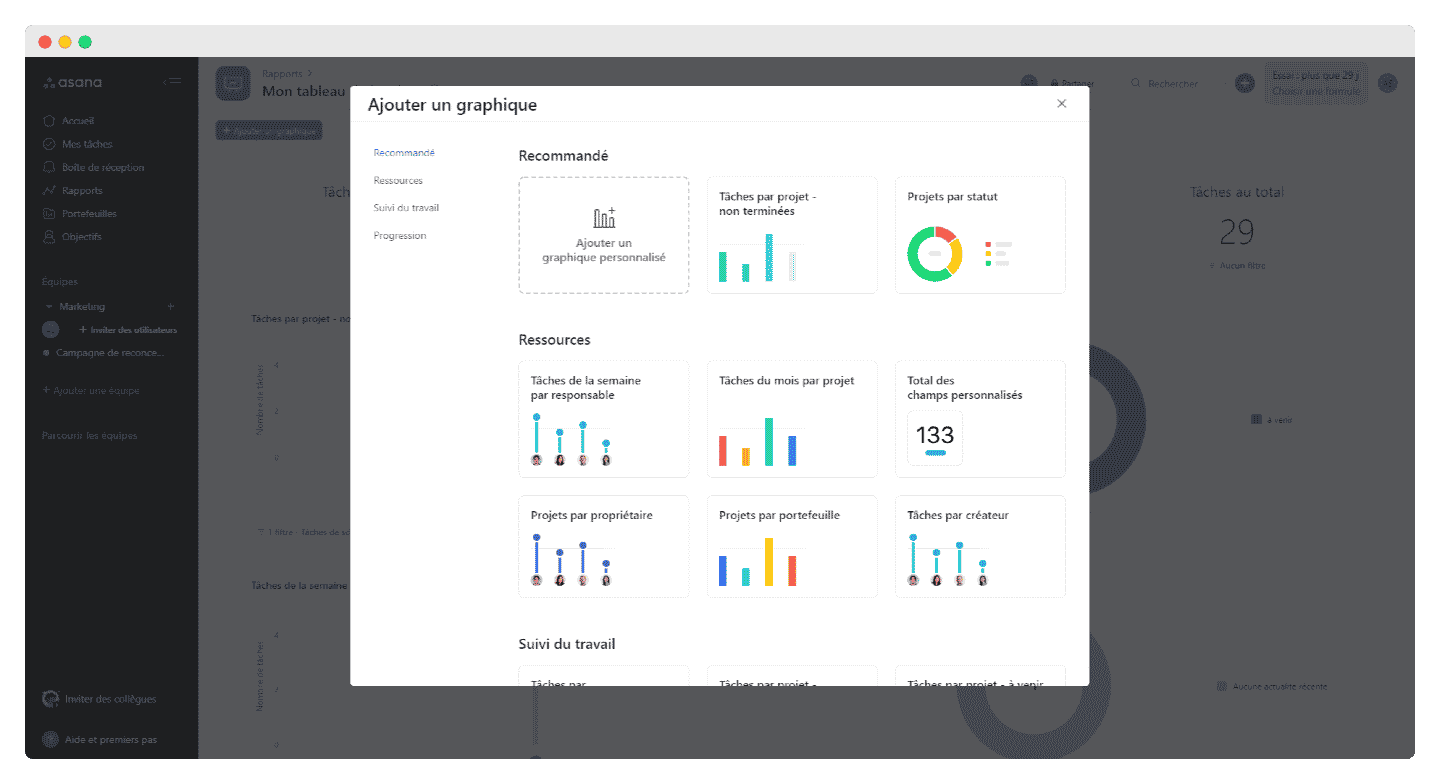
From the reporting, you can then take action directly in Asana.
Reporting offers advanced search functions of the highest quality: you can search for tasks by term, by status (Assigned to, In project and Follow-up by), but also by due date, by attachment, but also by person, to see who is productive thanks to instant updates on the Reporting page.
One of Asana’s most useful functions is the Timeline: to make sure nothing falls through the cracks, the Timeline function offers Gantt charts to see how all the project’s tasks fit together.
Customization possibilities
In addition to the initial customization functions (choice of Kanban board or calendar, etc.), Asana offers numerous customization possibilities: for example, you can customize tasks by adding details, but also prioritize them according to their degree of priority (low, medium, high) or their status (pending, in progress, awaiting approval).
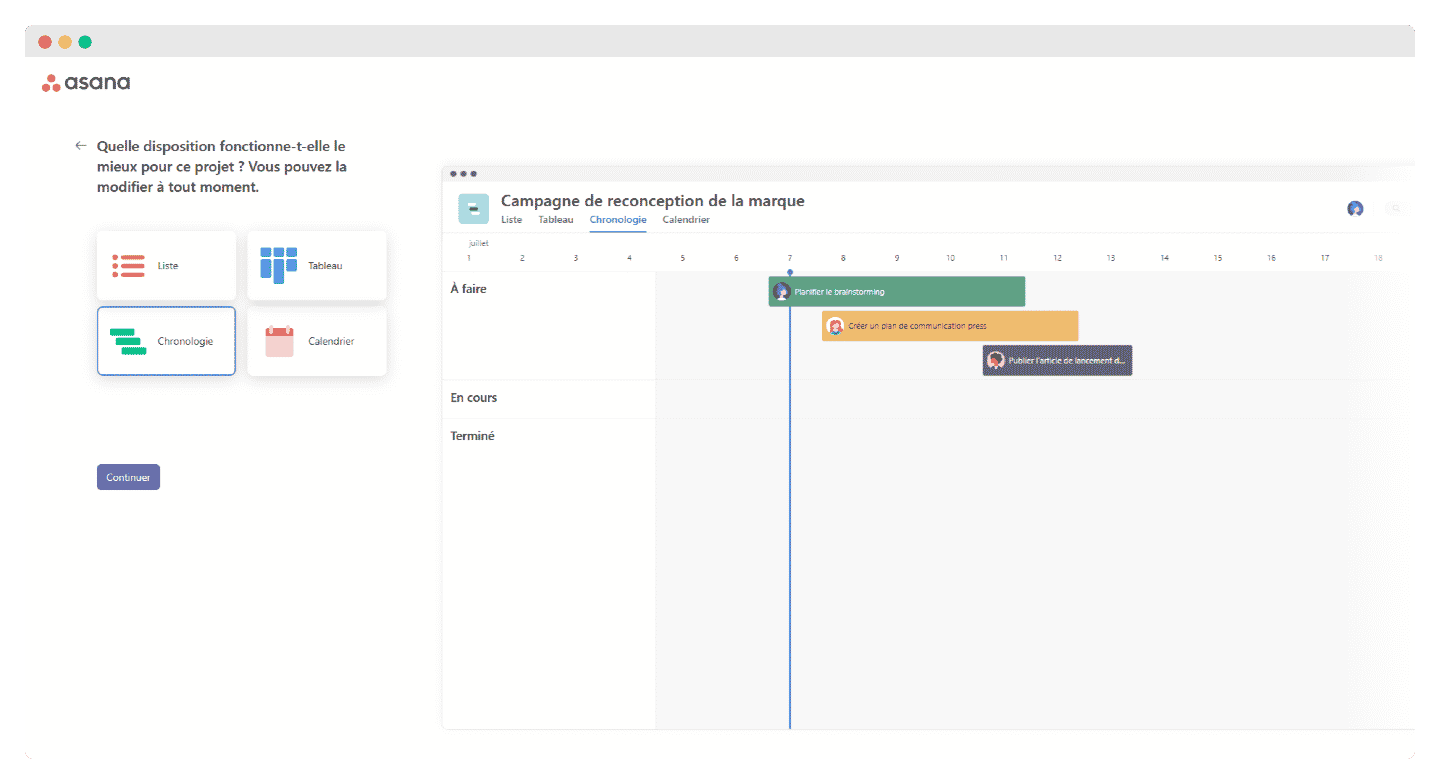
Asana also offers some quite useful features, which are however reserved for Business and Enterprise customers:
- Portfolios: this feature gives you an overview of all your projects in one place, and enables you to track their progress. This is very useful when you need to manage many projects at once. Portfolios can be exported to Google Sheets.
- Workload management: this function enables managers to see the workload of their employees to avoid burn-out: you can visualize the expected workload for each person, and define a maximum capacity not to be exceeded.
- Goals: Asana offers a powerful goal-tracking system. You define corporate objectives (long-term) or team objectives (more short-term), and these are visible to your team at all times, accompanied by a detailed sheet setting out the context and sub-objectives, and linking them to projects or portfolios.
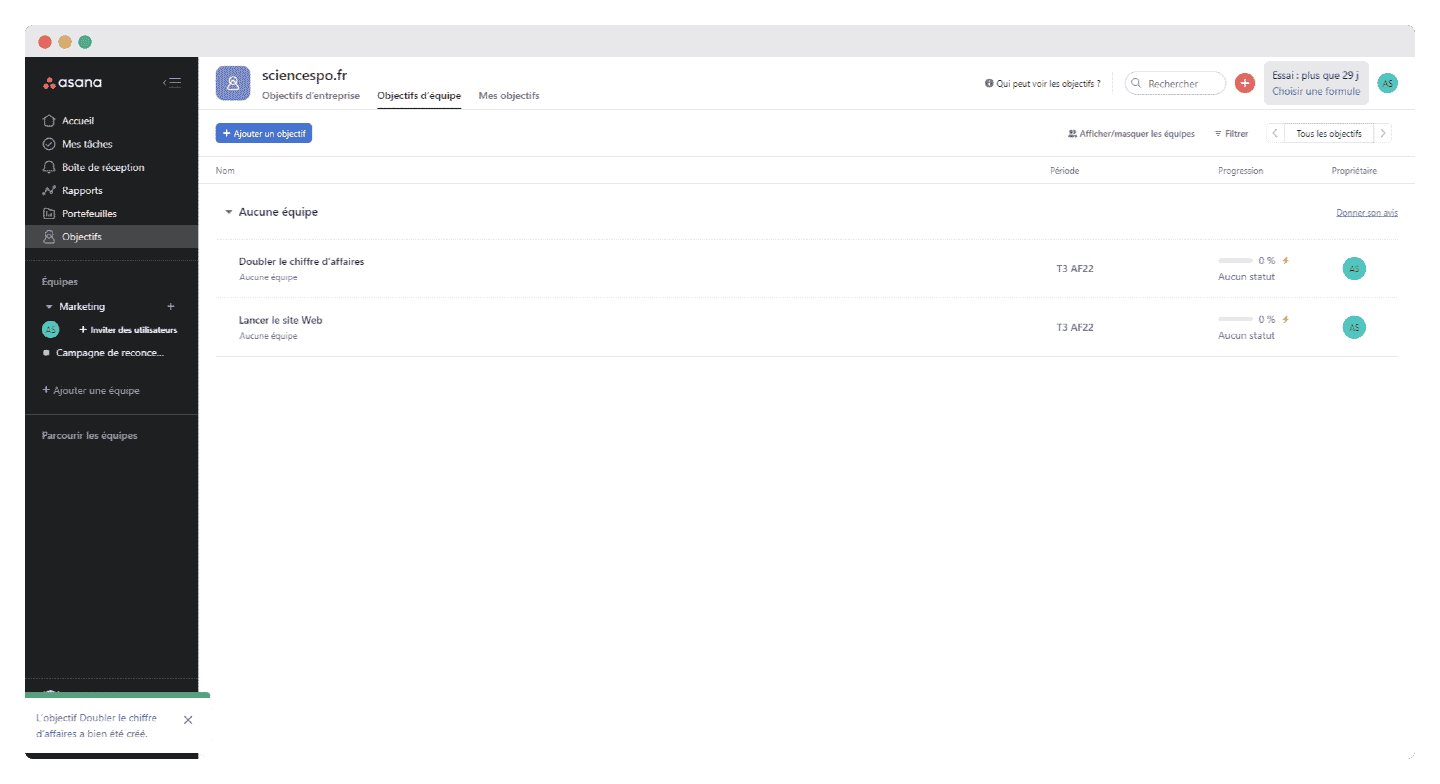
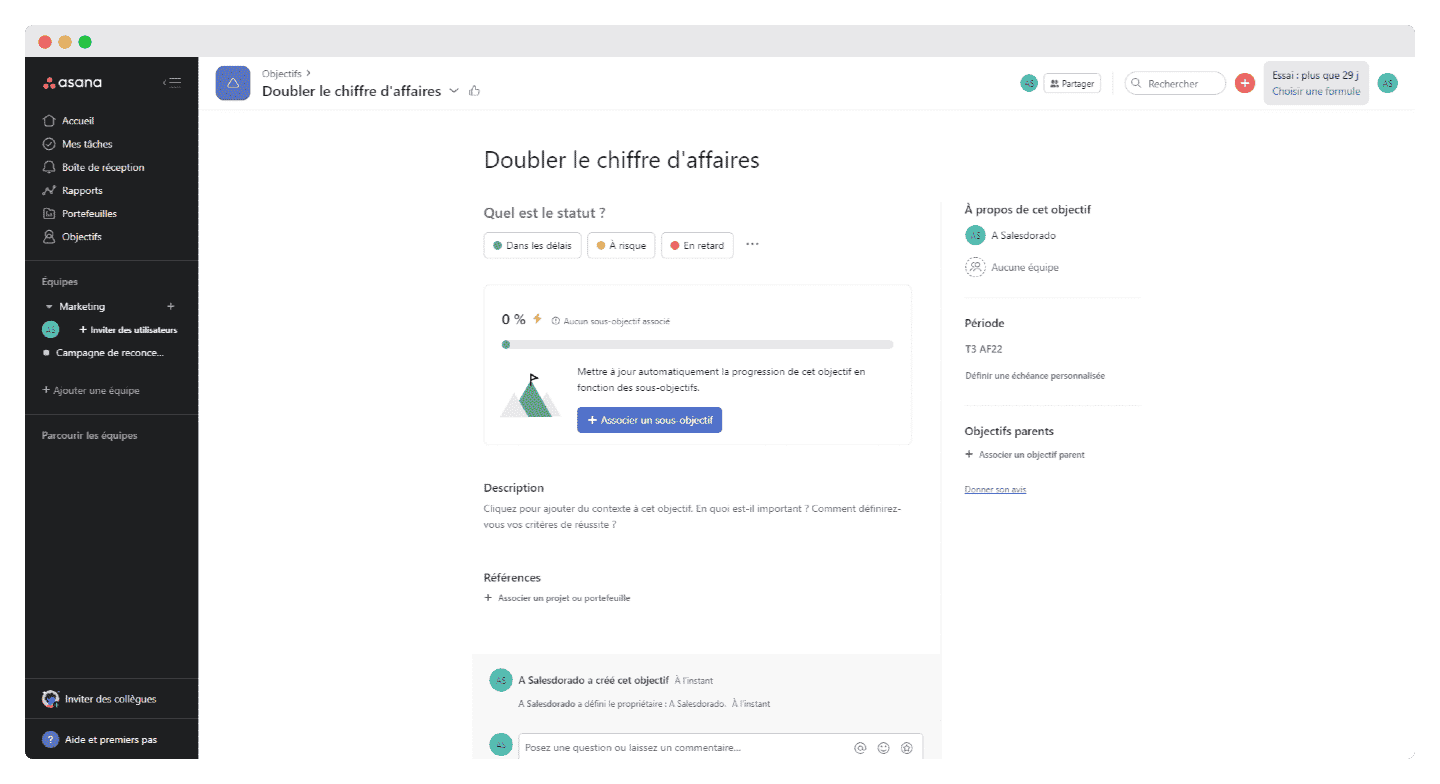
Discover Asana
You can discover all the features of Asana with no limits right from the free plan!
Automation: Asana’s vision
For Asana Premium, Business or Enterprise customers, the software offers some pretty advanced automation features: for example, you can generate custom rules, such as “When a due date changes, automatically add the team leader as a task follower.”
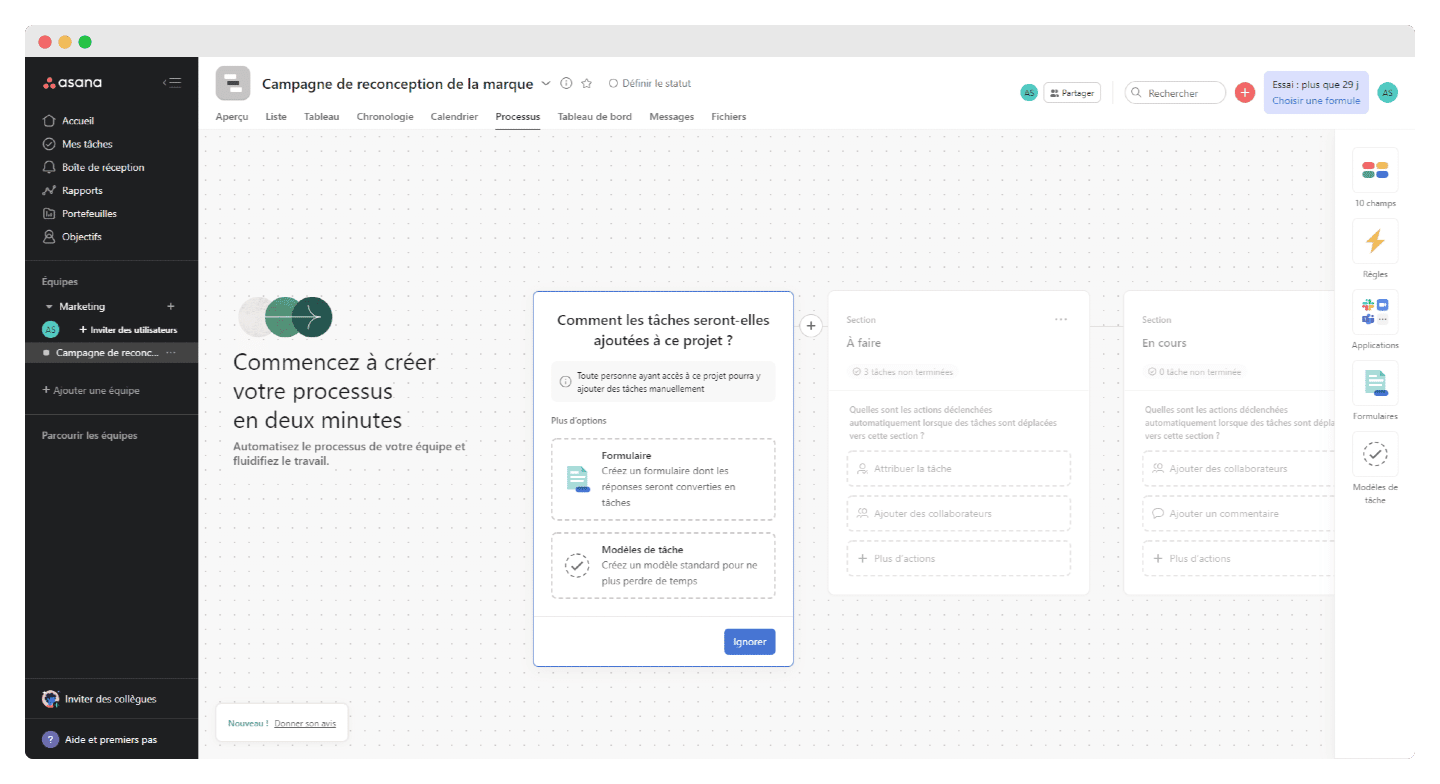
Rules are very easy to create, especially as there are ready-made options in the rules gallery:
- Alert Slack when a project is finished
- Assigning a task to the right teammate
- Set deadlines
- Move tasks to the right project
Discover Asana
Automation is a real plus for Asana, but it’s only available for paid plans.
Customer reviews of Asana
In reviews of Asana, users praise the software’s project management ergonomics: it’s easy to get to grips with, and offers a very good visualization of projects. The fact that Asana enables excellent communication between team members often comes up in the comments.
Conversely, comments often mention the limits of customization on Asana, and some reserve it for smaller teams and projects. Some also criticize the email notifications, which aren’t very well designed, so you can miss out on relevant information.
Discover Asana
You can test Asana for free to get a feel for the tool.
Asana customer support
Asana’s customer support is a bit of a mixed bag: on the one hand, the software is pretty easy to set up within your teams, and customer support is pretty extensive and available in French. On the other hand, and this is really one of Asana’s weak points, it has a rather bad reputation if the comments are anything to go by.
In terms of resources, they are very rich:
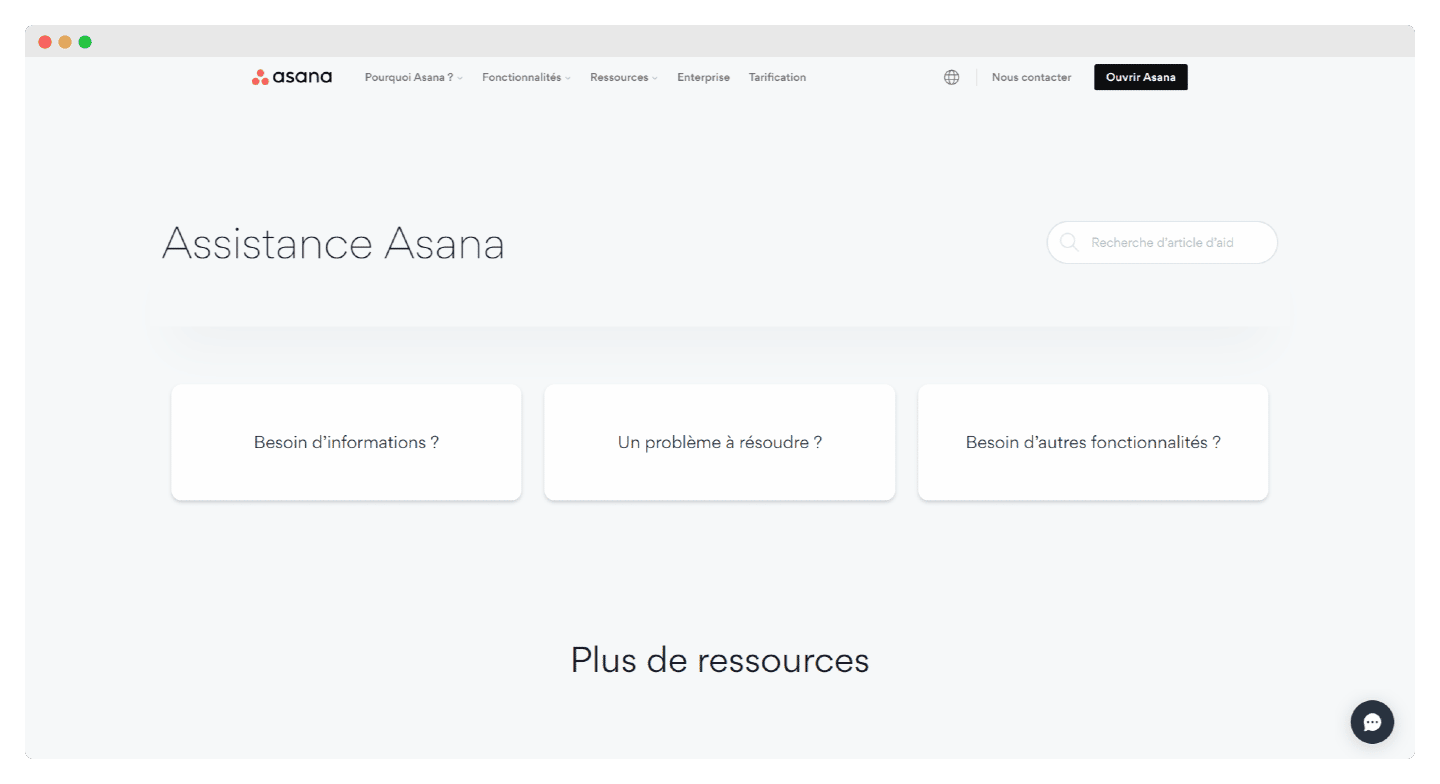
You can find many of the answers to your questions online, thanks to our extensive FAQ section.
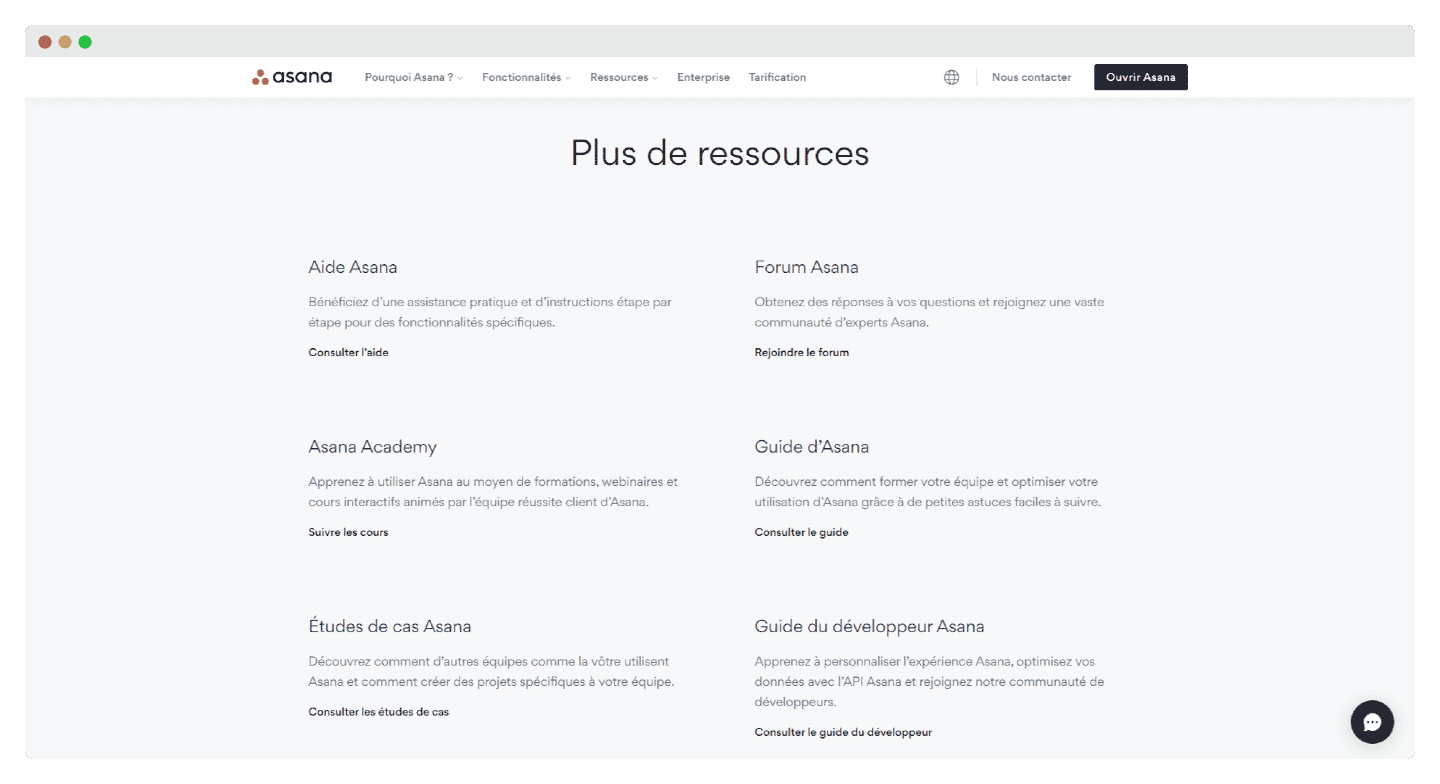
You can take part in the Asana Academy, for example, which offers well-done case studies to show you how different types of companies and projects use Asana.
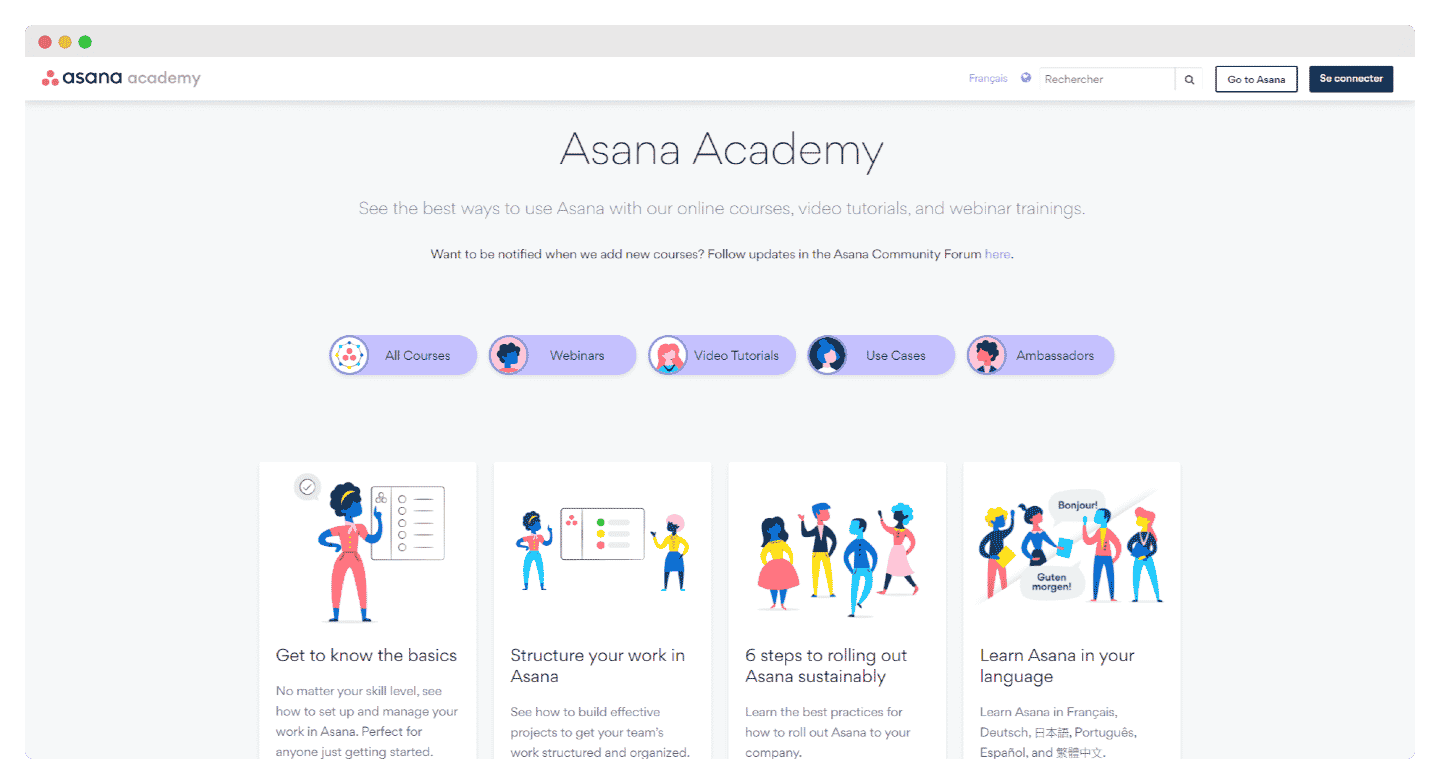
The Asana Academy is also packed with video tutorials and webinars. Please note that these are not available in French.
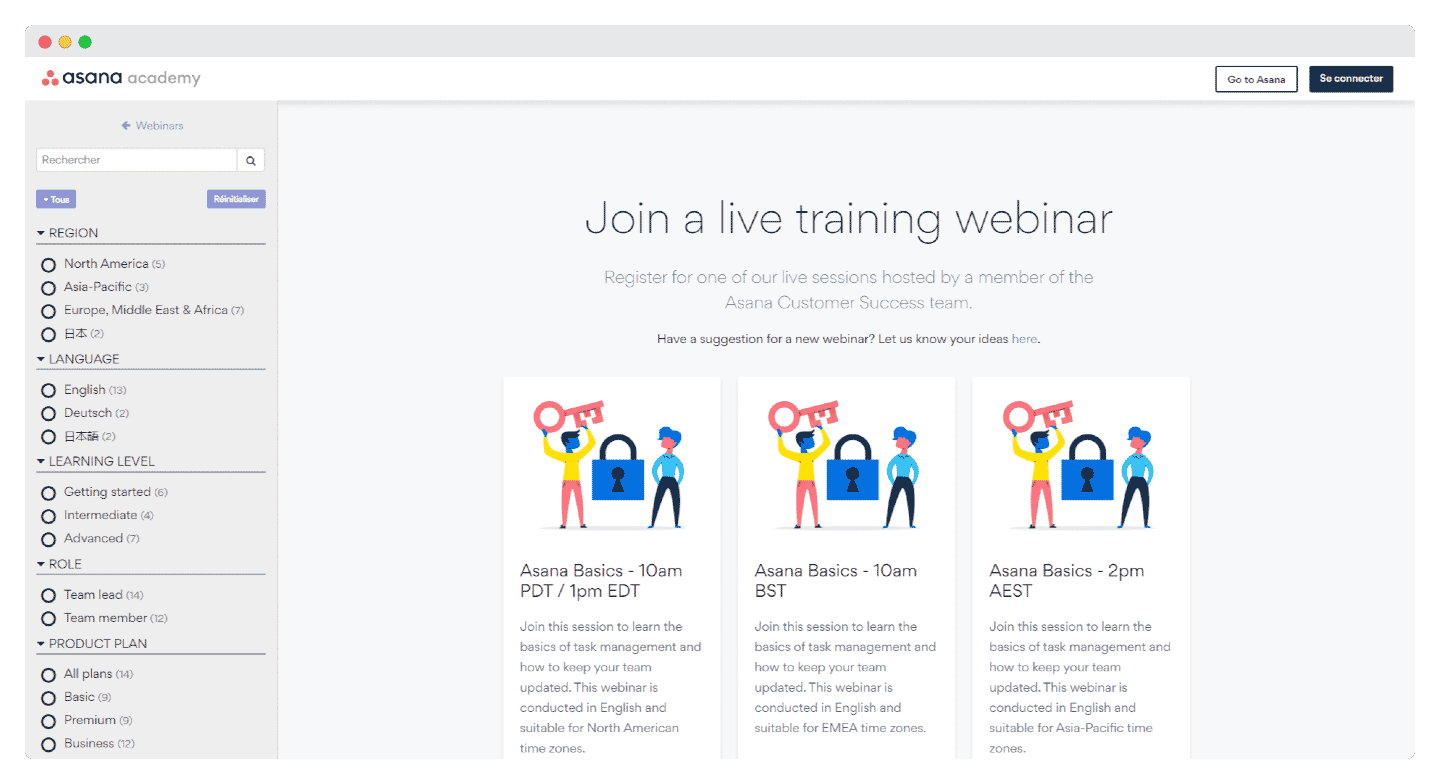
Discover Asana
Asana is fairly easy to set up in your teams, thanks to the many resources available online.
Integrations: one of Asana’s strengths
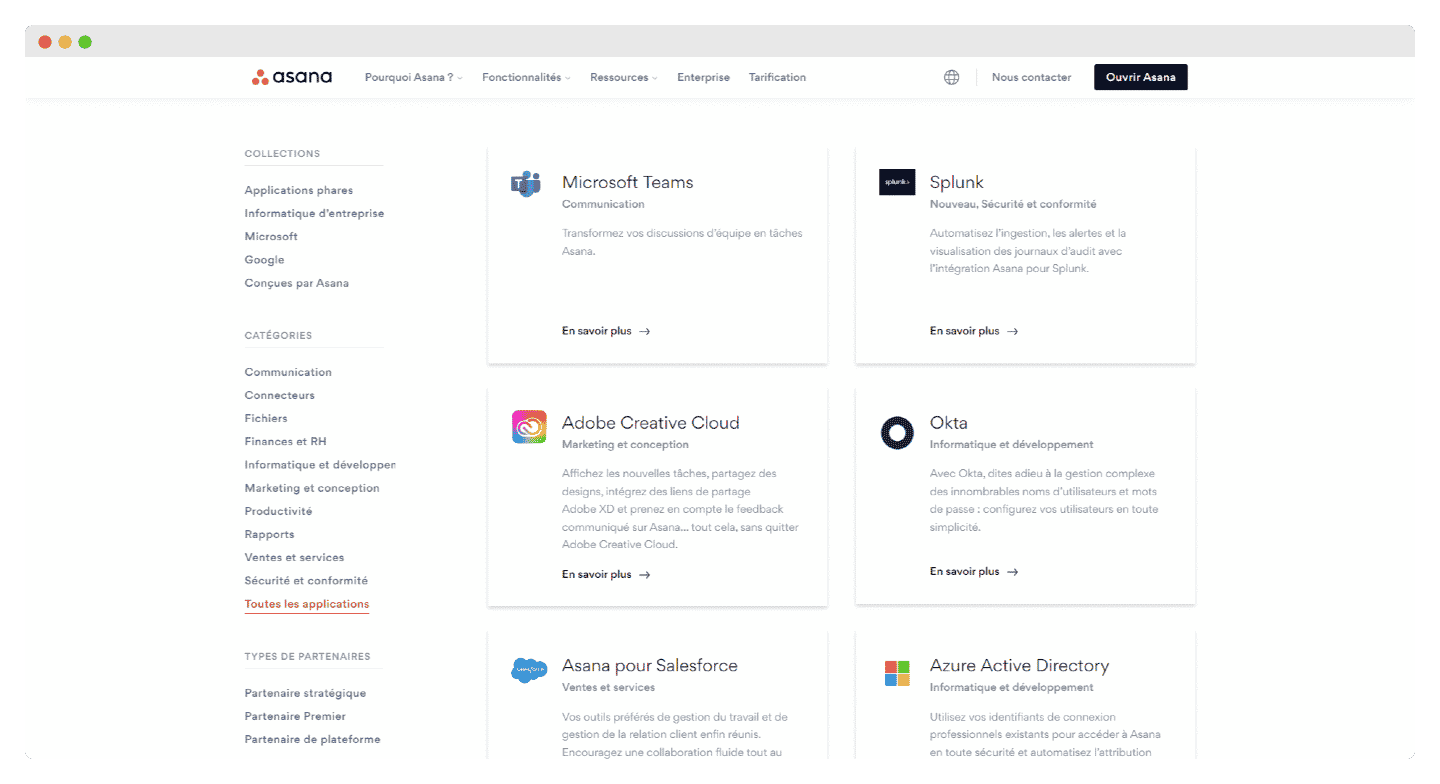
One of Asana’s strengths is its catalog of integrations, which really help to extend its functionality. For example, your team is instantly notified on Slack whenever a project or task is updated in Asana. Note, however, that some advanced integrations, such as Salesforce and Tableau, are not available with all plans.
To name just a few integrations, you can find:
- Design tools such as Canva, Adobe Creative Cloud, Figma, etc.
- Customer support software such as Zendesk, Freshdesk, or HelpSpot for resolving the most complex tickets
- Communication tools: Microsoft Teams, Zoom, Gmail, Outlook, Slack, etc.
Discover Asana
Discover the many Asana integrations, available right from the free plan!
Asana: Rates
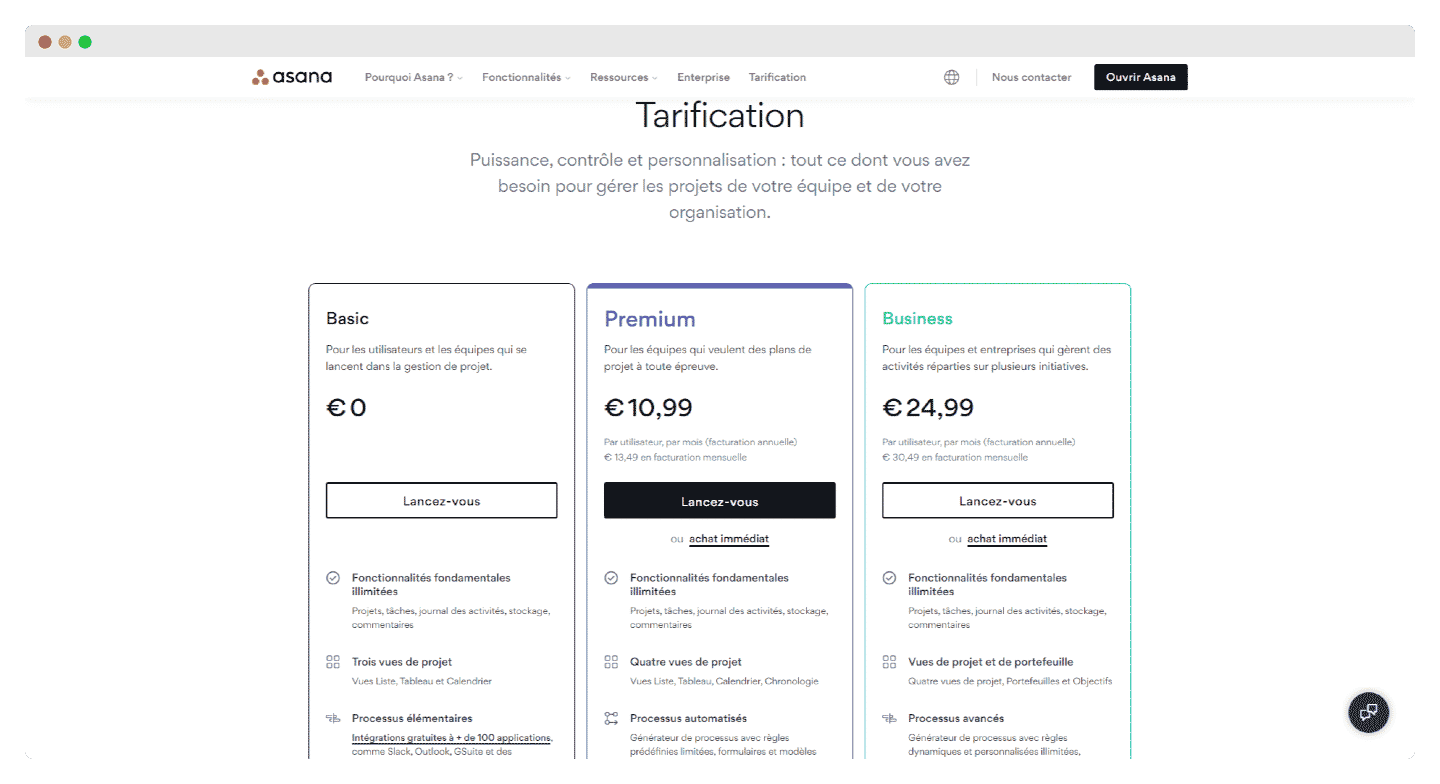
Asana’s big strength is its free plan and rich functionality: the main project and task functions are unlimited, as are the number of integrations.
However, especially for larger teams, this plan may not be enough: customization and automation functions only make sense with the Premium plan.
Asana offers three paid plans:
- Premium: from €10.99/month. Compared with the free plan, you benefit from rules automation functions and much more advanced reporting, with unlimited dashboards on an unlimited number of projects, including the useful custom search function.
- Business: from €24.99/month. Customization and automation are even more advanced: you can create your own dynamic rules.
- Enterprise: prices on request. In addition to the above-mentioned functions, this plan offers 24-hour assistance and much more advanced confidentiality and security features.
Discover Asana
Test Asana’s free plan to get an idea of the tool’s possibilities!
The main credible alternatives to Asana

In the case of a large team, Wrike is an ultra-solid tool and, in our opinion, one of the most credible alternatives to Asana. It’s especially well suited to projects that include a lot of graphic work, because unlike Asana, it offers annotation and discussion options for images.
You can also turn to Jira for agile project management.
Basecamp is another possible solution, with much more attractive rates for a large team, given that its unique plan is designed for an unlimited number of users.
For smaller teams, there are also lighter, cheaper and easier-to-install solutions such as Monday, Clickup or Notion.
Going further
- Find out more about project management tools
- Our opinion on Jira
- Our opinion on Clickup
